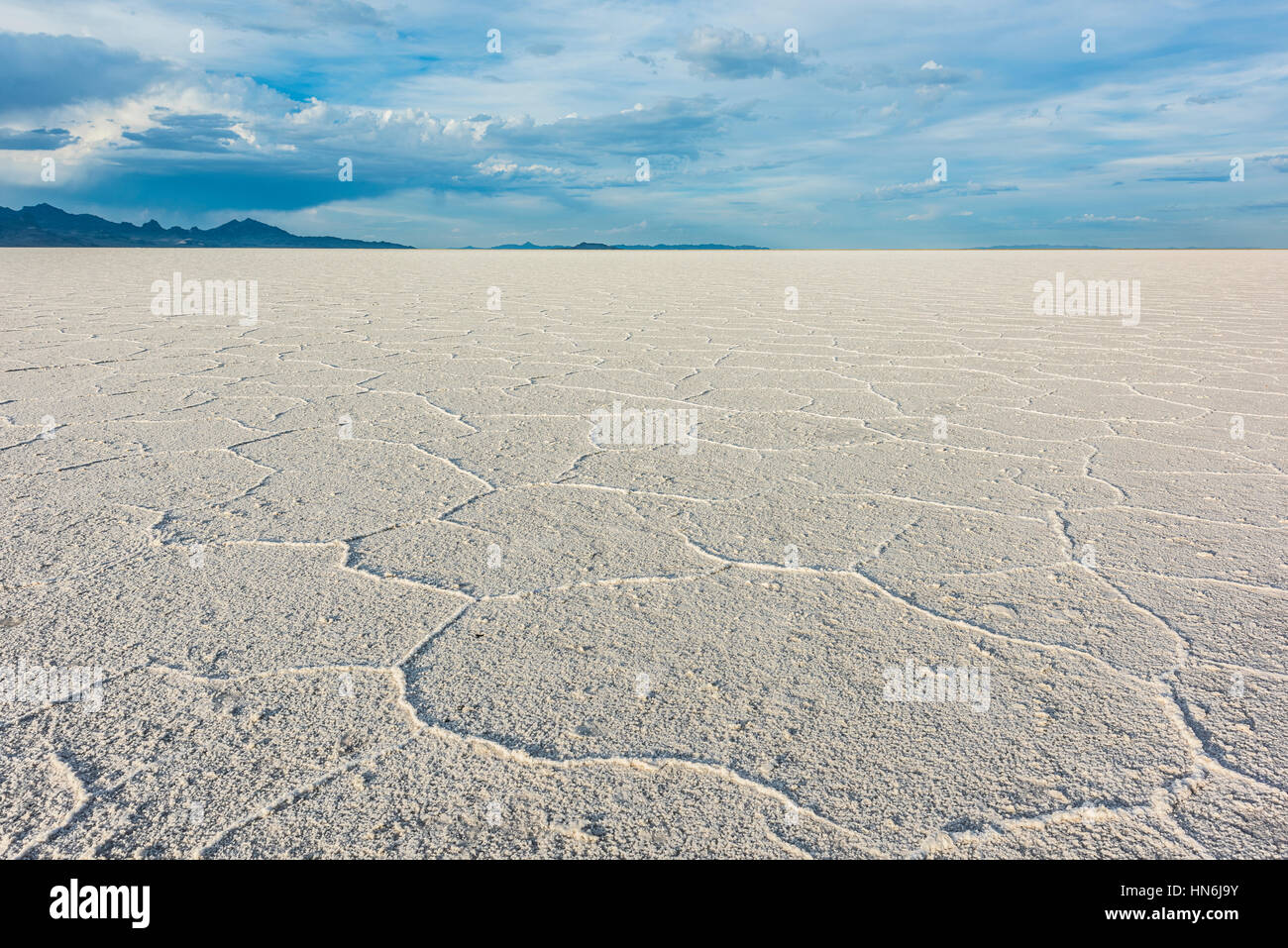

Atmosphere–land surface feedback processes associated with variations in the albedo of dryland environments may be equally as important as soil moisture feedback processes for simulating droughts ( Evans et al. (2018), accelerating long-term warming and drying trends in semiarid interior basins of the Northern Hemisphere may be driven in part by feedback processes associated with local land-use and land-cover changes. High reflectivity and small roughness lengths are common characteristics of saline playas ( Nicholson 2011). The basin and range topography of the Bonneville terminal basin in northern Utah leads to the formation of large areas of desert playa surfaces.

Periods of playa flooding were observed with both ground-based observations and NDWI with sharp reductions in albedo when the surface is flooded. NDWI values computed over 8-day periods from 2000 to 2018 highlight year-to-year and seasonal variations in playa flooding events over the BSF. The normalized difference water index (NDWI) derived from the MODIS MOD09A1 land surface reflectance product estimates the fractional coverage of surface water over the BSF. A weather station installed during September 2016 to study the Bonneville Salt Flats (BSF) in northern Utah provides estimates of surface albedo that can be related to cycles of flooding and desiccation of the halite surface. However, their albedo can be reduced abruptly to less than 20% by flooding due to rainfall, runoff from surrounding higher terrain, or surface winds transporting shallow water across the playas. Dry highly reflective halite surfaces, which make up many of the desert playas in northern Utah, are generally characterized by a surface albedo over 40%. Desert playas, such as those in northern Utah, form a landscape often in stark contrast to surrounding mountain ranges due to their minimal topographic relief, lack of vegetation, and saline soils.


 0 kommentar(er)
0 kommentar(er)
